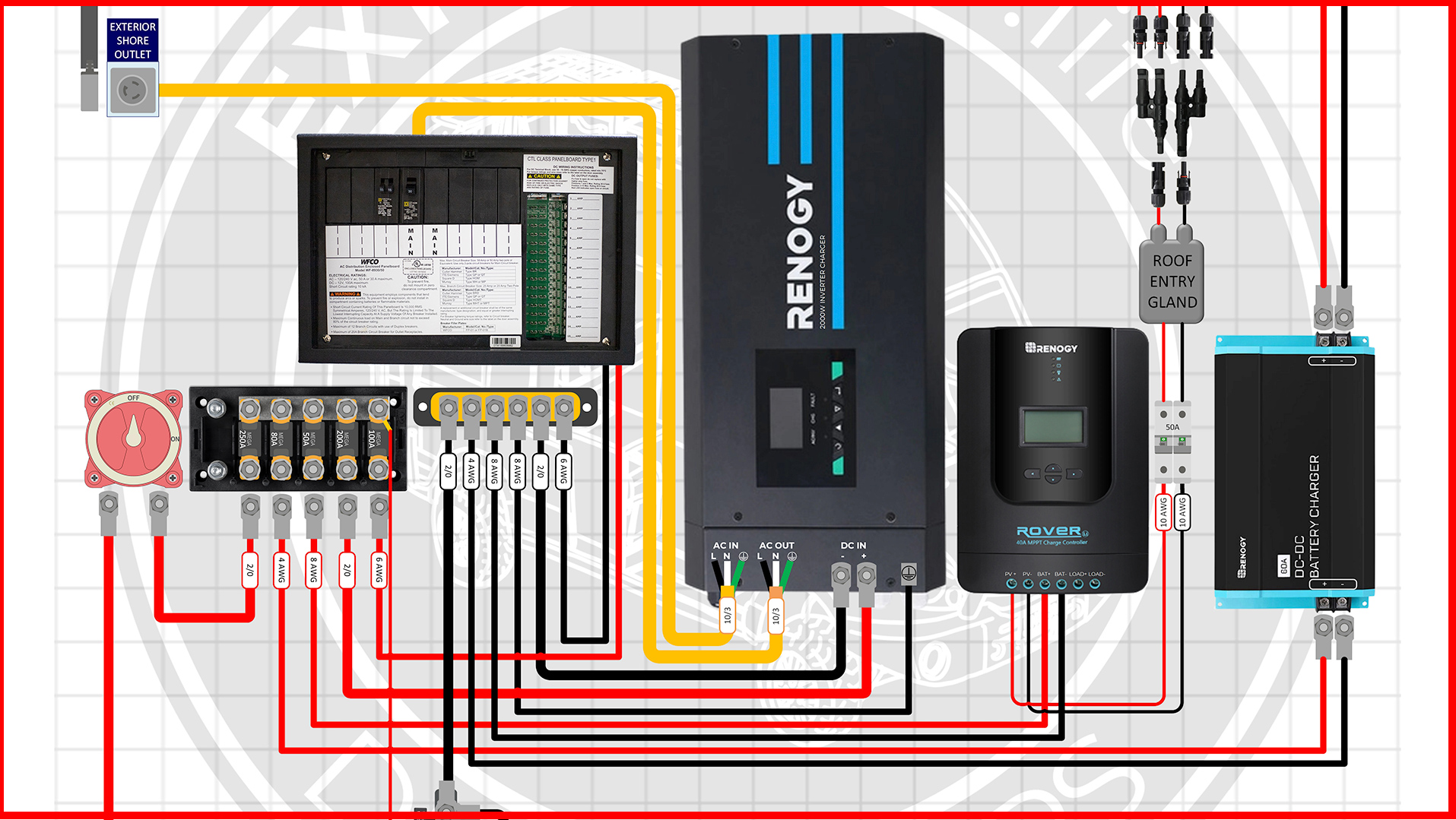I have followed this thread since my earlier comment, and IMHO it is just going down hill. You are trying desperately to make this all work with a 1200w inverter, but it simply is not going to do the job you need it to. The SOK battery BMS with a 100A max discharge is a limiting factor. You will not get 1200w from an inverter, since they do not convert DC to AC without loss. It is not 100% efficient, which is what you are asking from it. Most people on this thread are echoing agreement, stated in different ways.
There is loss of power in the conversion, meaning for the inverter to actually output 1200w, you will need to pull close to 120A from the battery. The inverter at best is probably 85% efficient. You can dance around this all you want, but you cannot avoid the math. The only realistic solution here is to buy a second matching battery, connecting the two in parallel, which will give you max 200A continuous discharge. Then you can use a larger (1500-2000w) inverter to meet your needs. I know it means $$$. Buy once, cry once. But the direction you seem to be going will be a waste of money at best, and if done poorly could cause far bigger and costlier problems. Trying to help and nudge you toward a successful outcome.




